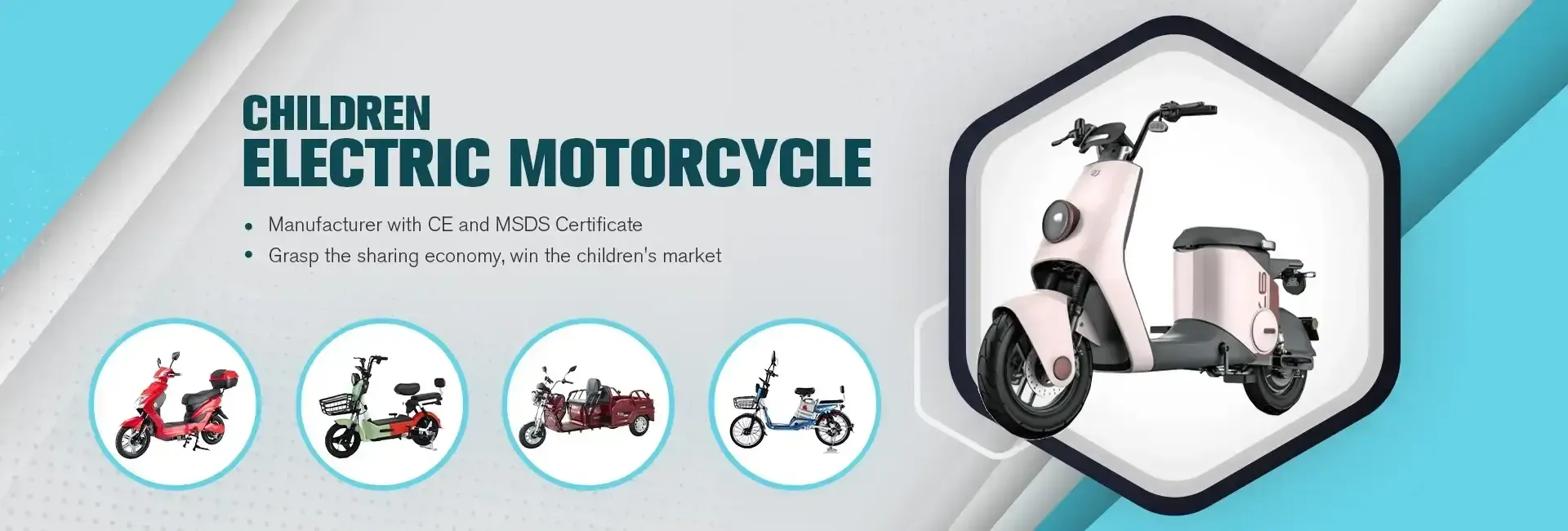
- Afrikaans
- Albanian
- Amharic
- Arabic
- Armenian
- Azerbaijani
- Basque
- Belarusian
- Bengali
- Bosnian
- Bulgarian
- Catalan
- Cebuano
- Corsican
- Croatian
- Czech
- Danish
- Dutch
- English
- Esperanto
- Estonian
- Finnish
- French
- Frisian
- Galician
- Georgian
- German
- Greek
- Gujarati
- Haitian Creole
- hausa
- hawaiian
- Hebrew
- Hindi
- Miao
- Hungarian
- Icelandic
- igbo
- Indonesian
- irish
- Italian
- Japanese
- Javanese
- Kannada
- kazakh
- Khmer
- Rwandese
- Korean
- Kurdish
- Kyrgyz
- Lao
- Latin
- Latvian
- Lithuanian
- Luxembourgish
- Macedonian
- Malgashi
- Malay
- Malayalam
- Maltese
- Maori
- Marathi
- Mongolian
- Myanmar
- Nepali
- Norwegian
- Norwegian
- Occitan
- Pashto
- Persian
- Polish
- Portuguese
- Punjabi
- Romanian
- Russian
- Samoan
- Scottish Gaelic
- Serbian
- Sesotho
- Shona
- Sindhi
- Sinhala
- Slovak
- Slovenian
- Somali
- Spanish
- Sundanese
- Swahili
- Swedish
- Tagalog
- Tajik
- Tamil
- Tatar
- Telugu
- Thai
- Turkish
- Turkmen
- Ukrainian
- Urdu
- Uighur
- Uzbek
- Vietnamese
- Welsh
- Bantu
- Yiddish
- Yoruba
- Zulu
Nov . 27, 2024 16:09 Back to list
Choosing the Right Mountain Bike Derailleur for Optimal Performance and Durability
The Essential Guide to Mountain Bike Derailleurs
Mountain biking is an exhilarating way to explore nature, pushing the limits of endurance and skill while navigating rugged trails. One of the most crucial components of a mountain bike that enhances the riding experience is the derailleur. Understanding how a mountain bike derailleur works and its importance can significantly improve your riding efficiency and enjoyment.
What is a Derailleur?
A derailleur is a mechanism used to shift gears on a bike, allowing riders to change the ratio between pedaling speed and wheel speed. On mountain bikes, derailleurs are essential for adapting to varied terrain, from steep climbs to fast descents. They help cyclists effortlessly switch between gear combinations, providing the flexibility needed to tackle challenging trails.
Types of Derailleurs
There are two main types of derailleurs front and rear. The front derailleur manages the chain's position between the chainrings near the pedals, while the rear derailleur controls the chain's movement across the cassette located on the rear wheel. Most mountain bikes feature a 1x or 2x drivetrain system, with a 1x system having a single front chainring and a wider rear cassette, which simplifies shifting and reduces weight.
How Does a Derailleur Work?
When you shift gears using the shifters on your handlebars, a cable connected to the derailleur pulls or releases tension. In turn, the derailleur moves the chain from one gear to another smoothly. This functionality allows the rider to select gears according to the terrain and their desired pedaling cadence. Proper adjustment of the derailleur is critical for seamless shifting; an incorrectly aligned derailleur can lead to chain skipping or derailment.
mountain bike derailleur

Importance of Maintaining Your Derailleur
Regular maintenance of your mountain bike derailleur is necessary to ensure optimal performance. Dirt and grime can accumulate over time, affecting the smoothness of the shifting. Regular cleaning can prevent this buildup. Additionally, lubrication of the moving parts helps reduce friction and wear.
Another important aspect of maintenance is ensuring the cables and housing are in good condition. Frayed cables can lead to erratic shifting, making it challenging to maintain momentum on the trail. It’s advisable to inspect these components regularly and replace them as needed.
Choosing the Right Derailleur
When considering a derailleur for your mountain bike, various factors come into play, including compatibility with your current drivetrain, the kind of terrain you'll be riding, and your budget. Higher-end derailleurs offer advanced features, such as quicker shifting and better chain retention, while more budget-friendly options might suffice for casual riders.
Conclusion
In summary, the mountain bike derailleur plays a pivotal role in providing a smooth and enjoyable riding experience. By understanding its function, maintaining it properly, and choosing the right model, riders can significantly enhance their biking adventures. Whether you're tackling steep climbs or speeding through downhill trails, optimizing your derailleur will allow you to focus on the ride and enjoy the great outdoors. So before you hit the trail for your next ride, take a moment to ensure that your derailleur is in top condition; it might just make the difference between a good ride and a great one. Happy biking!
-
The Ultimate Kids' Four-Wheeler Experience
NewsJul.09,2025
-
The Ultimate Guide to Mountain Bikes: Gear Up for Your Ride
NewsJul.09,2025
-
The New Age of Cycling: Electric Bikes for Every Rider
NewsJul.09,2025
-
The Best Kids Bicycles: Ride in Style and Safety
NewsJul.09,2025
-
The Best 3-Wheel Scooters for Kids: Fun, Safety, and Adventure
NewsJul.09,2025
-
Revolutionize Your Ride: Affordable Electric Bikes
NewsJul.09,2025
-
Finding the Perfect Mountain Bike for Every Rider
NewsJul.09,2025



